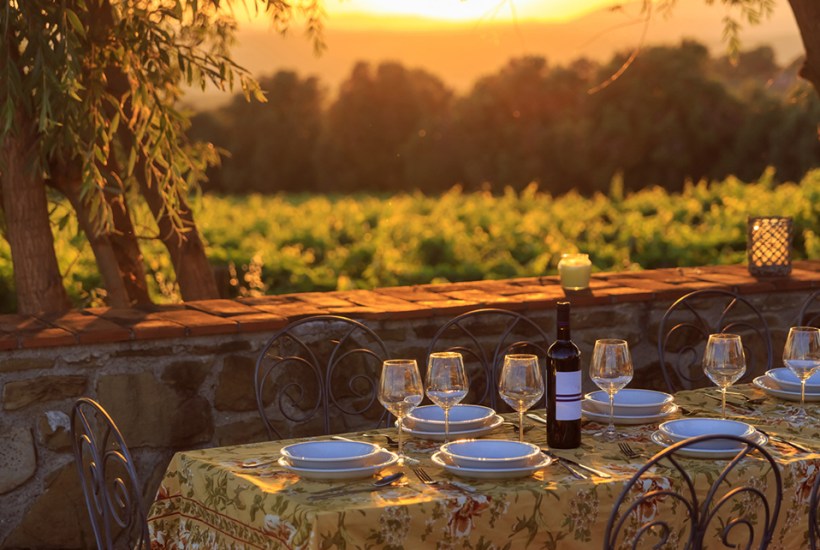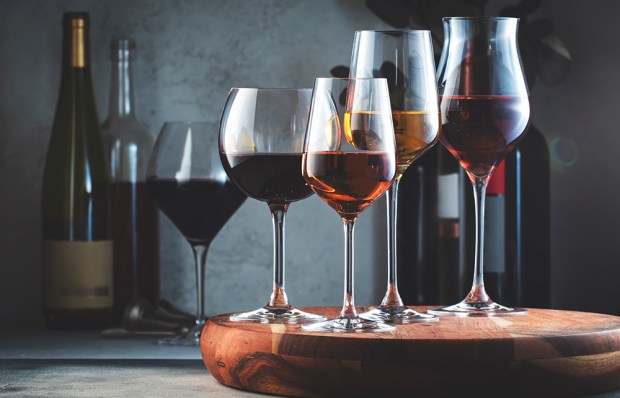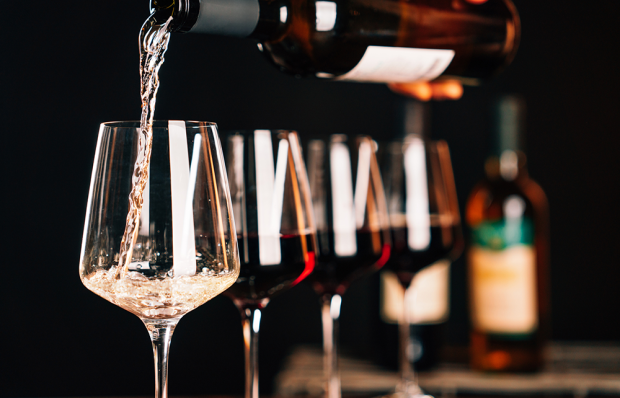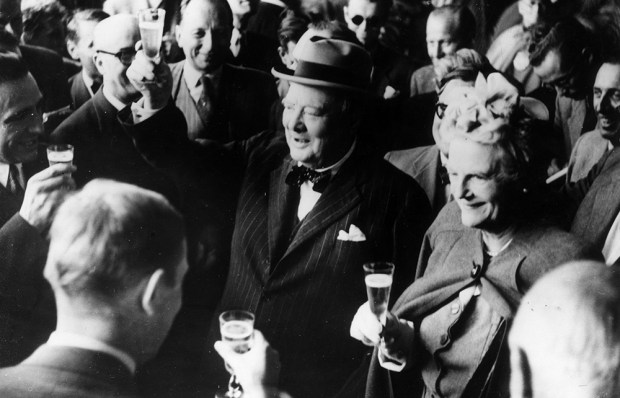In Fellini’s La Dolce Vita, the hopes embodied in the title dissolve into grimness and black irony. It was all Mussolini’s fault. Despite the endless opportunities Italy offered for enjoyment, Fellini never trusted his own country, or his countrymen. He could not relax into dolce far niente.
Perhaps he should have spent more time in Tuscany, surely the most civilised region on earth.
Already a subscriber? Log in
Subscribe for just $2 a week
Try a month of The Spectator Australia absolutely free and without commitment. Not only that but – if you choose to continue – you’ll pay just $2 a week for your first year.
- Unlimited access to spectator.com.au and app
- The weekly edition on the Spectator Australia app
- Spectator podcasts and newsletters
- Full access to spectator.co.uk
Or
Unlock this article
You might disagree with half of it, but you’ll enjoy reading all of it. Try your first month for free, then just $2 a week for the remainder of your first year.















Comments
Don't miss out
Join the conversation with other Spectator Australia readers. Subscribe to leave a comment.
SUBSCRIBEAlready a subscriber? Log in